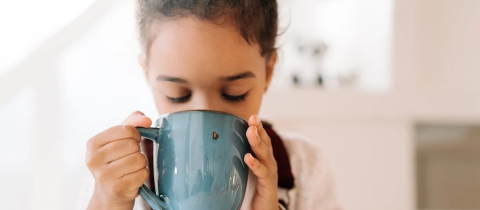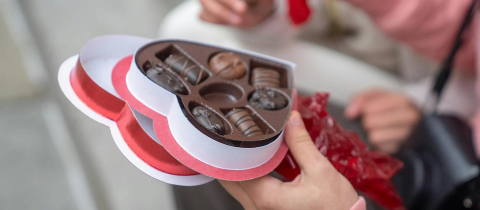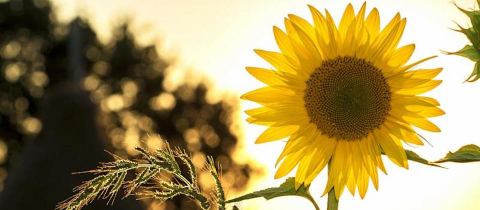Indeed, it is the same substance. The revelation that furniture varnish can appear in food would probably send scientifically primitive bloggers into a tizzy. This varnish, or shellac, is the resinous exudate produced by the female Indian "lac" bug, an insect that spends its whole life attached to a tree, sucking its sap and converting it into the familiar sticky substance that has long been used to provide a glossy protective coating on wood. It takes about 100,000 insects to produce a pound of red-tinged resin. The colour can be extracted and used as a dye. To make clear shellac, the resin is bleached with hypochlorite.
Shellac has also been used for a variety of purposes, ranging from stiffening hats to making buttons. The first hair sprays had shellac as their main ingredient, and the original phonograph records were made of this material which is soft and flows when heated, but becomes rigid at room temperature. In the food industry, it is referred to as "confectioner's glaze," and can be used to give a protective, glossy coating to candies, jelly beans and ice cream cones. Since shellac is insoluble in water, it can prevent the food product from drying out by forming a layer impermeable to moisture. Citrus fruits and avocados are sometimes shellacked for this reason. Since shellac has long been used as a food additive without any problem, and animal tests have shown no adverse reactions, there appears to be no reason for concern about this substance as a food additive. Consuming an insect exudate, however, is sure to bug that icon of nutritional wisdom, the Food Babe.







